Is it possible to make the op-amp sub circuit have an Zout = 50 ohm so
it can drive the one shot sub-circuit?
A basic op-amp circuit is usually one where its natural output impedance is close to zero ohms but, this is only true at low frequencies. For instance, a "normal" op-amp circuit might start to have significant output impedance as frequency rises above (say) 1 MHz. This is dictated by the data sheet i.e. faster op-amps will maintain a lower output impedance for higher frequencies but there will always be a tipping-point and you (as the designer) have to decide how to tackle this.
For your one-shot circuit I see that the amplitude required at the input can be a few tens of milli volts and this helps a lot because you can use a potential divider on the output of the op-amp to convert a naturally high voltage (like a pulse of 2 volts p-p for instance) to a signal level 20 mV p-p.
This requires an attenuation of 100:1 so, if you used 5000 ohms and 50 ohms to give an approximate attenuation of 100:1 you get a natural output impedance of about 50 ohms irrespective of what the op-amp circuit might be struggling to deliver.

